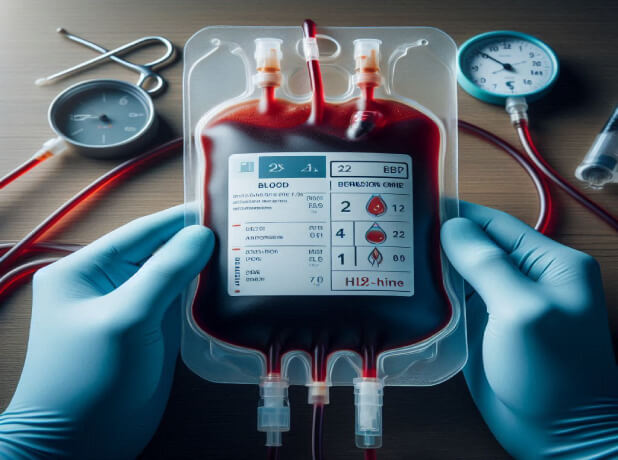The demand for homologous blood transfusions has reached an unprecedented level, driven by a declining donor population and the ever-increasing need for blood products. While significant advancements have been made in medical equipment and techniques, a critical gap remains in developing an effective alternative to conventional blood transfusion. Medical research to find a proper blood substitute involves many previous experiments. The search for a blood substitute has been ongoing for patients for whom human blood is unavailable, with a few products showing promise in this field. Recent advancements in medical innovation have begun to address this challenge, notably through the development of artificial oxygen carriers (AOCs). These laboratory-synthesized alternatives to traditional blood transfusions offer a means of bypassing the need for human blood, particularly packed red blood cell (pRBC) transfusions. While AOCs fulfill the singular, critical role of in vivo oxygen delivery, the term is frequently used interchangeably with the broader concept of artificial blood. Various AOC products are currently in different stages of clinical development. Most Notable examples include Perftoran, which has been approved in Russia, Kazakhstan, Ukraine, the Kyrgyz Republic, and Mexico and has been administered to over 35,000 patients. Another significant product, Hemopure, has received clinical use approval in South Africa and Russia and has obtained expanded use approval from the United States Food and Drug Administration (USFDA). This article examines the landscape of AOCs, including their preparation methods, available products, regulatory approval status, current applications, limitations, and potential for future use in medical practice. This review article offers an overview of the different types of AOCs currently available, focusing on their clinical development for human use.
We use cookies to provide you with the best possible user experience. By continuing to use our site, you agree to their use. Learn more

